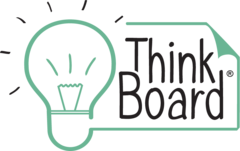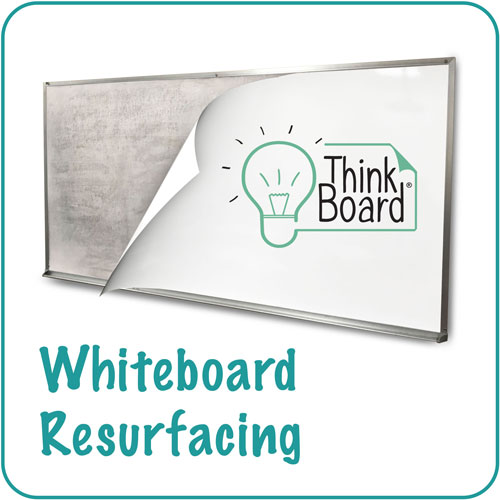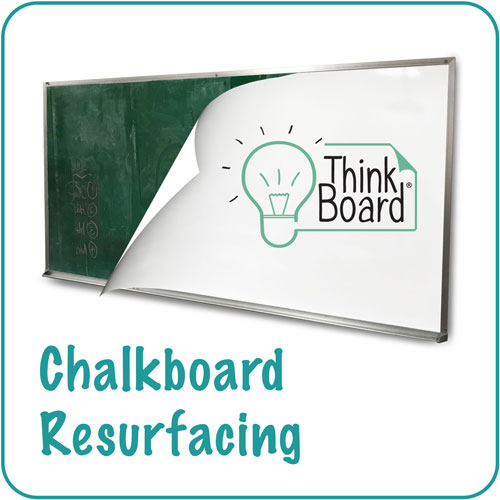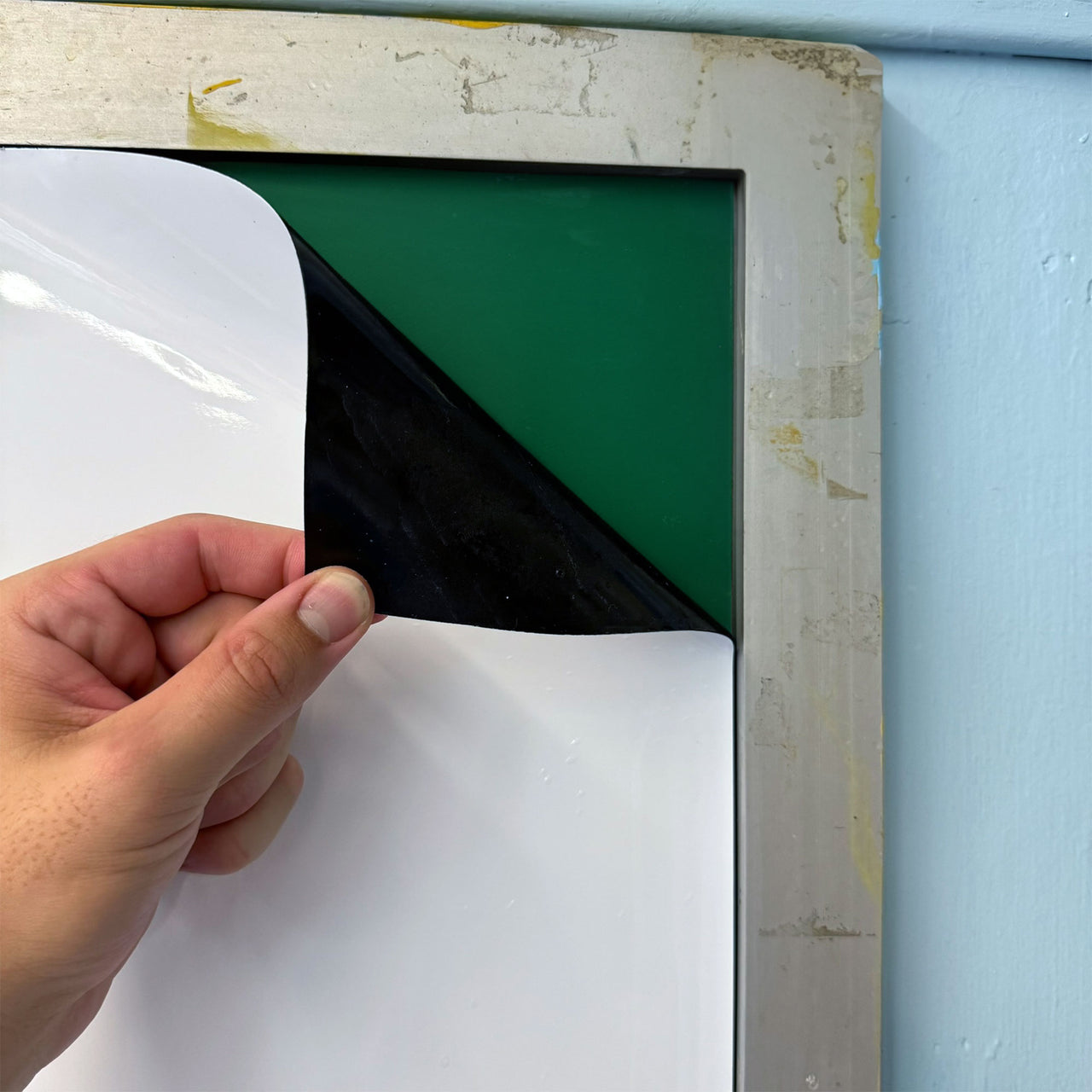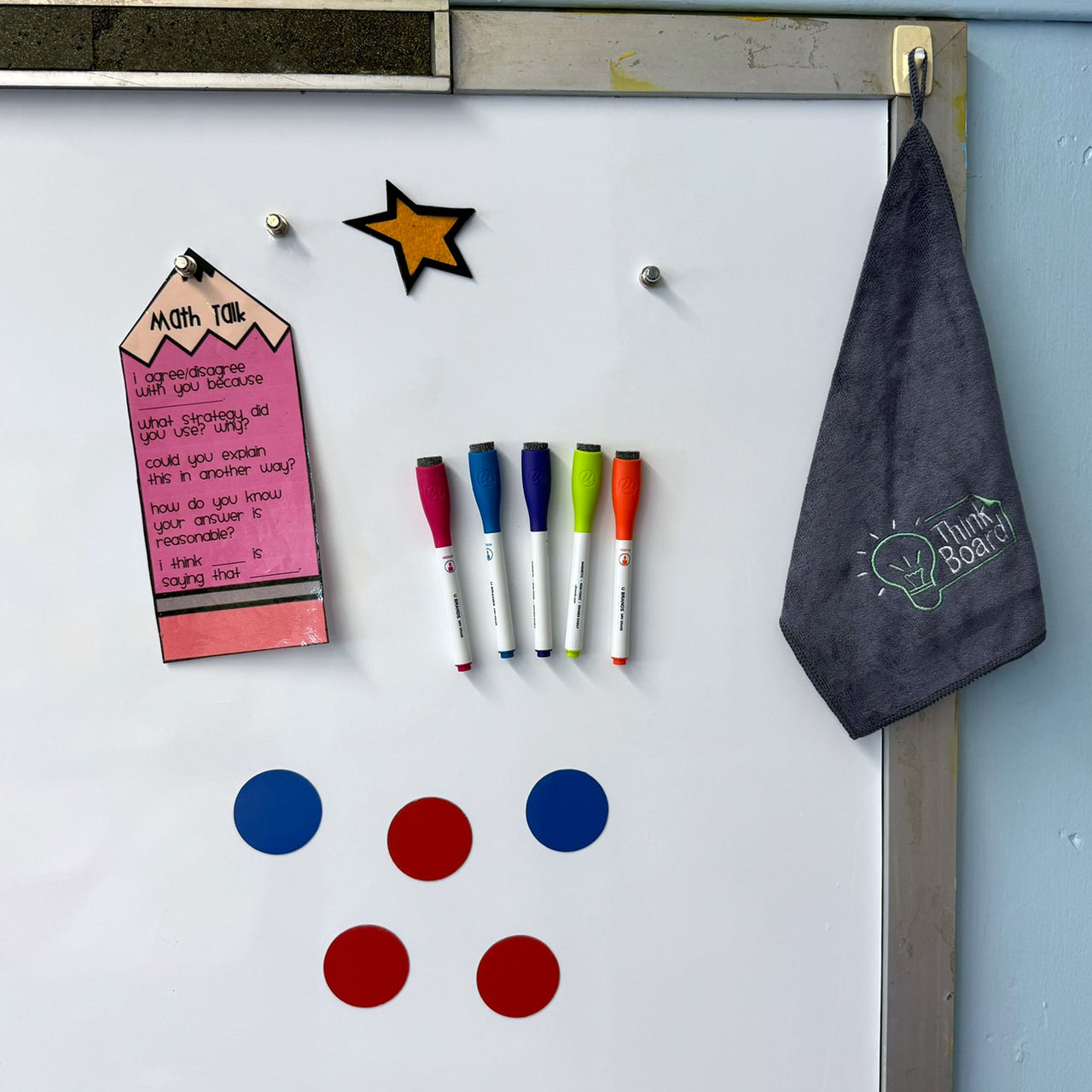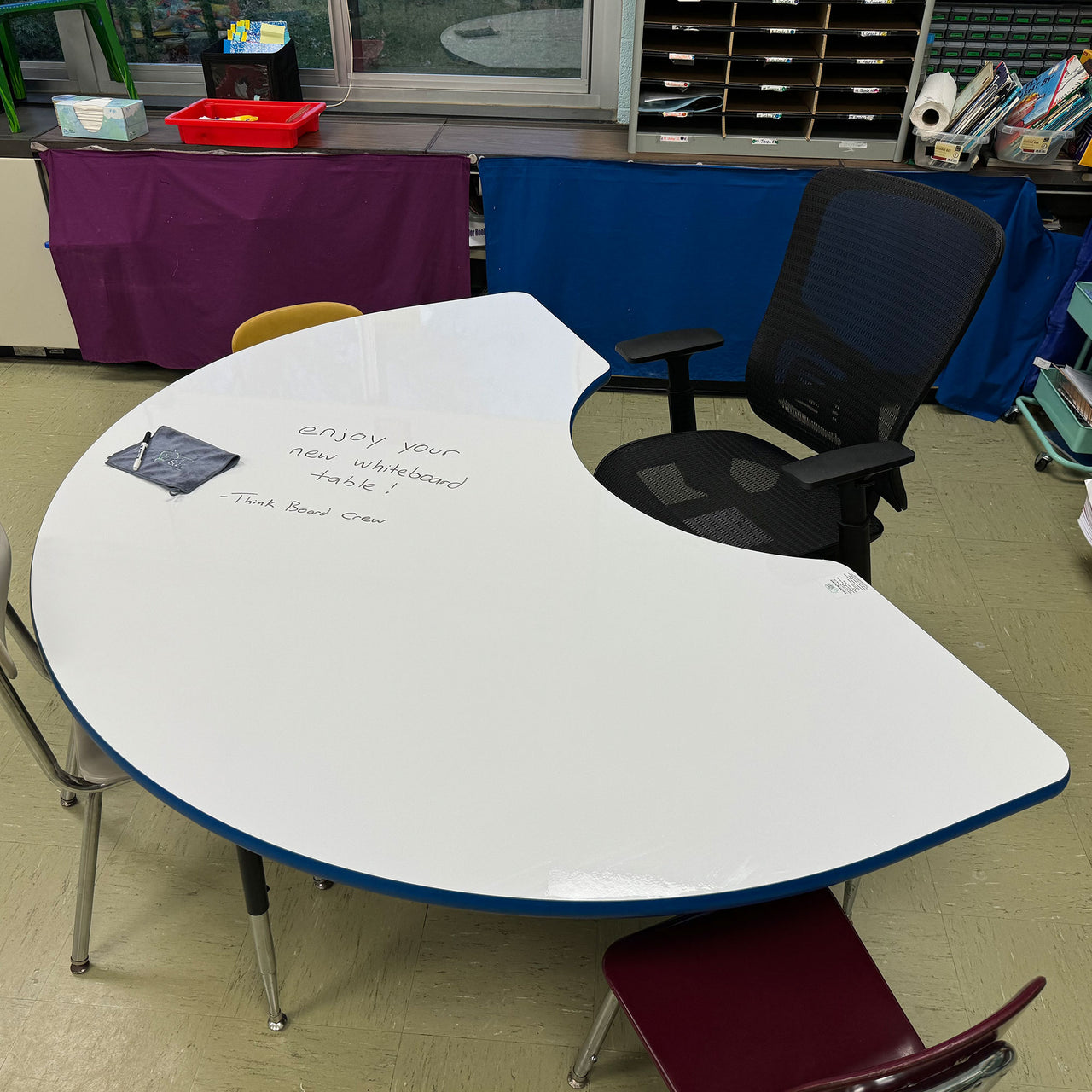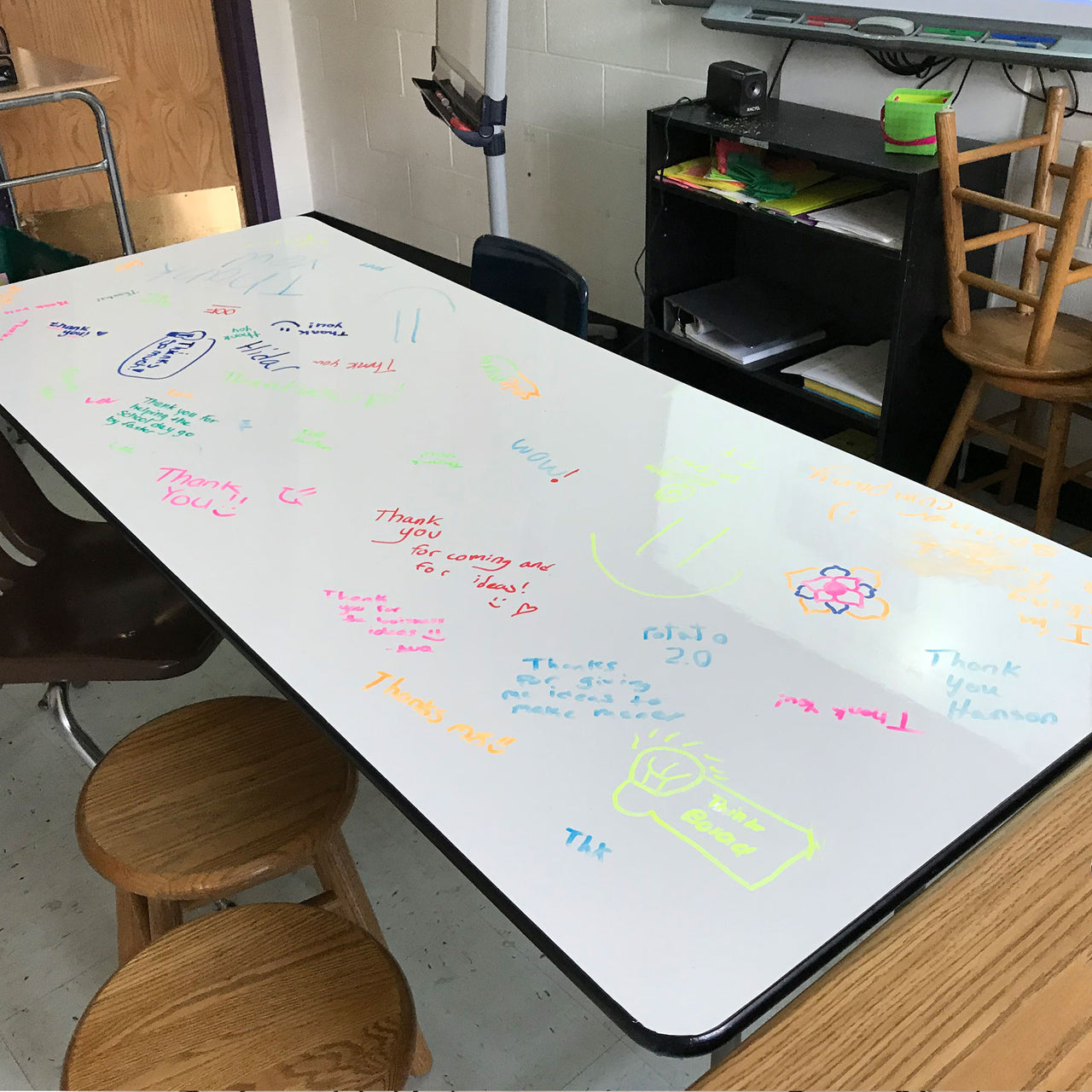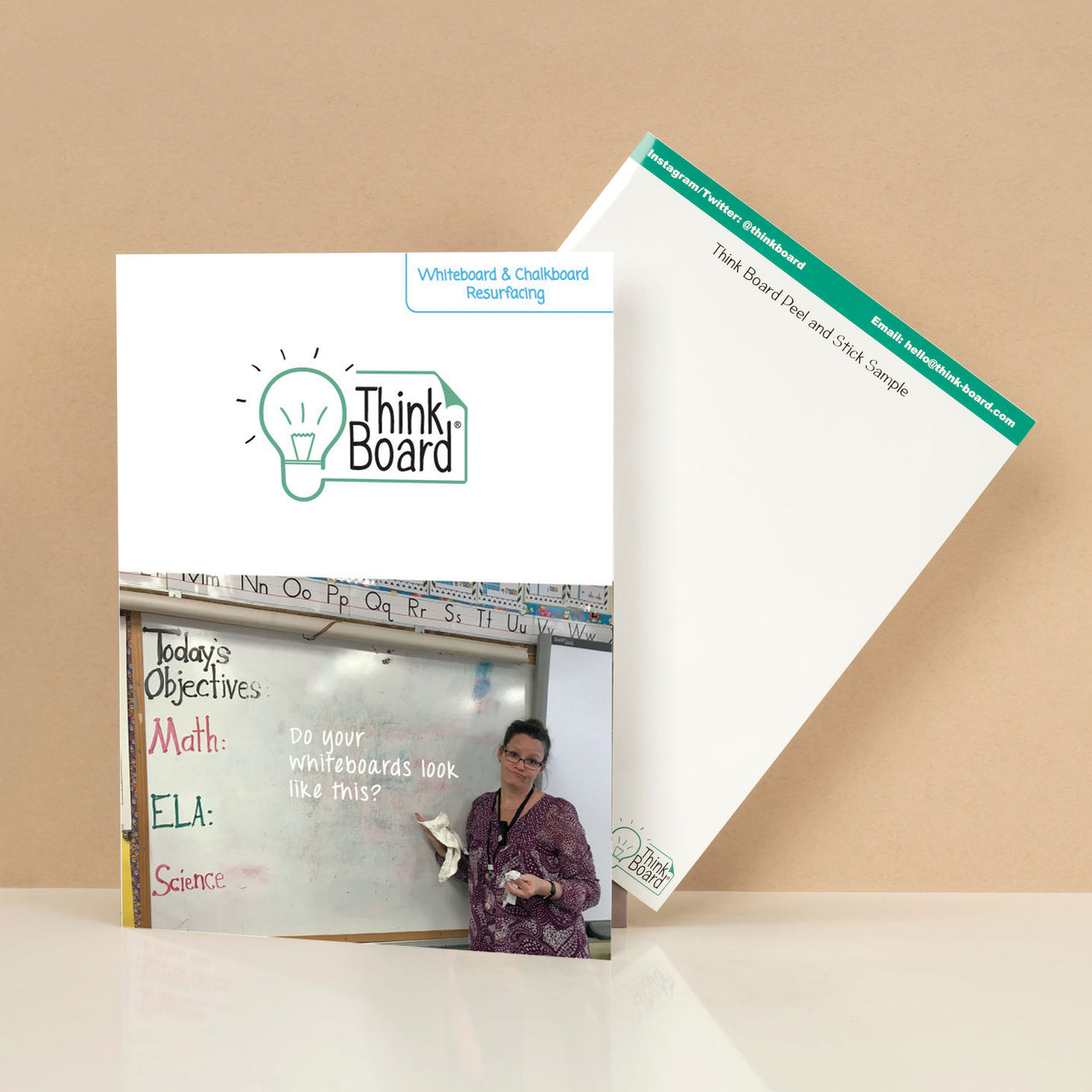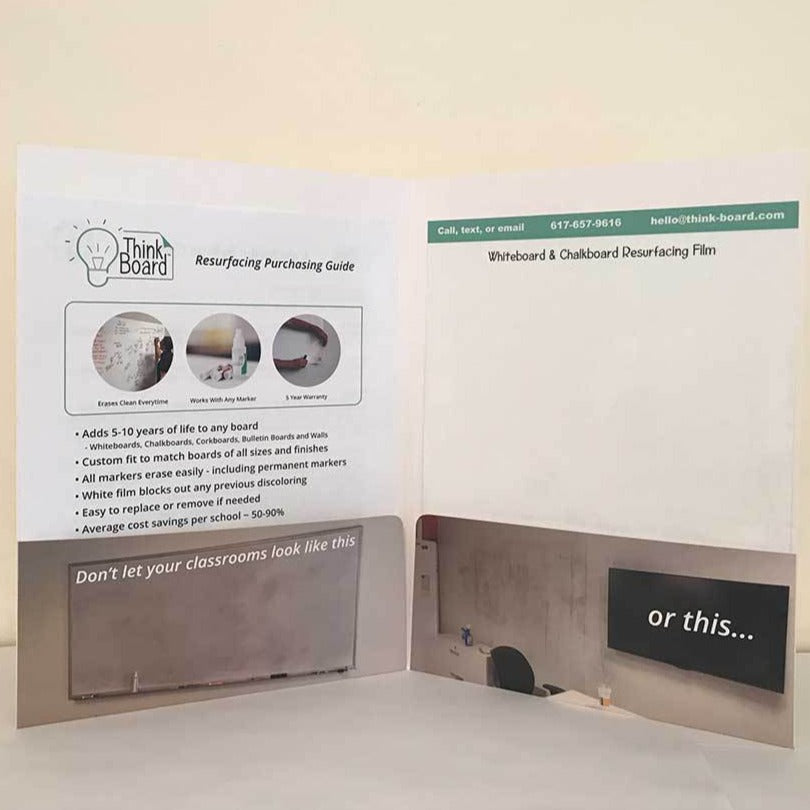Cost-Effective Classroom Whiteboards: Resurfacing vs. Replacing
In education, budgets are often tight, and school administrators face the challenge of making every dollar count. One area where cost savings can make a significant difference is in classroom whiteboards. When whiteboards become worn, stained, or ghosted, schools are often faced with a choice: replace them entirely or resurface them. While replacing may seem like the obvious solution, resurfacing offers an affordable, long-lasting, and high-quality alternative.
This article explores the cost-effectiveness of resurfacing whiteboards compared to replacing them, highlighting the financial and functional benefits of this practical solution.

The High Cost of Replacing Whiteboards
Replacing old whiteboards with new ones might seem like a quick fix, but the process involves significant expenses. These include:
- Material Costs: Purchasing new whiteboards can be costly, especially when outfitting multiple classrooms. High-quality boards with features like magnetic surfaces or non-glare coatings can drive up costs further.
- Installation Costs: Installing new whiteboards often requires professional labor, adding to the overall expense. This can include removing old boards, wall repairs, and securely mounting the new ones.
- Disposal Costs: Disposing of old whiteboards can be cumbersome and may incur additional fees, especially if the materials are not easily recyclable.
When factoring in these costs, replacing whiteboards can strain a school’s budget, particularly for large districts or schools with numerous classrooms.
Resurfacing: A Cost-Effective Solution
Resurfacing whiteboards is an affordable and sustainable alternative to replacement. Here’s why:
Lower Material Costs
Resurfacing involves applying a premium whiteboard film directly over the existing surface. These films are significantly more affordable than purchasing new boards while offering the same functionality and durability. Schools can achieve a like-new finish without the hefty price tag.
Reduced Installation Expenses
Resurfacing requires minimal labor compared to installing a new board. The process is straightforward, quick, and often doesn’t require professional installers. Think Board’s resurfacing solutions, for example, can be applied in just a few steps, saving both time and money.
Elimination of Disposal Fees
By resurfacing existing boards, schools can avoid the hassle and cost of disposing of old materials. This also reduces environmental waste, making resurfacing a budget-friendly and eco-conscious choice.
Durability and Longevity
Modern resurfacing materials, like Think Board’s Premium Writable Films, are designed to withstand heavy classroom use. They resist stains, ghosting, and wear, ensuring long-term performance. This durability reduces the need for frequent maintenance or replacement, further driving down costs over time.

Real-Life Savings: The Numbers Speak
Schools that choose resurfacing often see significant cost savings. For instance:
- Replacing a single large whiteboard can cost $300–$500, excluding installation and disposal fees.
- Resurfacing the same board typically costs $100–$150, with little to no additional expenses.
- For a school with 20 classrooms, replacing whiteboards might cost upwards of $10,000. Resurfacing, on the other hand, would come in at around $2,000–$3,000—saving thousands of dollars while achieving the same functional outcome.
No Compromise on Quality or Functionality
One concern schools may have about resurfacing is whether the quality matches that of a new board. With today’s advanced materials, that concern is unfounded. Think Board’s resurfacing solutions, for example, provide:
- Smooth Writing and Erasing: Premium films ensure a seamless experience for teachers and students.
- Custom Options: Magnetic films, non-glare finishes, and custom sizing are available to meet diverse classroom needs.
- Easy Maintenance: Resurfaced boards are easy to clean and maintain, ensuring a professional appearance for years.
These features make resurfacing an affordable, practical, and high-quality solution that doesn’t sacrifice functionality.

Environmental Benefits of Resurfacing
In addition to being cost-effective, resurfacing is also environmentally friendly. By reusing existing boards, schools reduce waste and the demand for new materials. This aligns with sustainability initiatives and demonstrates a commitment to eco-conscious practices—an added benefit for schools striving to set a positive example for students.
Why Think Board is the Affordable Choice
Think Board specializes in providing cost-effective whiteboard resurfacing solutions that cater to schools’ budgets and needs. Our products are designed to transform outdated boards into modern, functional surfaces without the high costs of replacement. From magnetic options to durable, stain-resistant films, Think Board offers affordable solutions that last.
